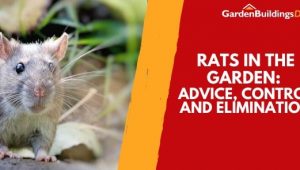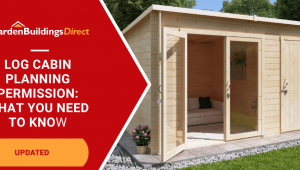Jump to:
The season changes bring new anticipation for greenhouse plant cultivation. This blog looks at when you can start growing plants in your greenhouse this year based on your zone.
Understanding Your Growing Zone
Growing zones are categorised by regions based on climate conditions. This allows gardeners to choose plants that thrive in their specific locale. For instance, southern parts of the UK are classified as Zone 7, whereas the southwest is Zone 8. That said, plants found in Zone 7 would experience difficulties when placed in below-average temperatures of Zone 5.
Verify your hardiness zone by using the UK Hardiness Zone Map. You can also use precise online material that aligns with your geographic area, like the Royal Horticultural Society (RHS).
Ideal Early Months for Garden Greenhouse Growing

Timing is everything in greenhouse gardening.
In the warmer southwest (Zone 8), you can start planting in February. In the milder southern areas (Zone 7), March is the time to get going in the greenhouse. Further north (Zone 6), April is when the planting season kicks off.
Spring brings good growing conditions as the weather warms up and there’s more daylight. Starting in late winter also has benefits, but the changing seasons can bring unpredictable weather. By early summer in June, it’s warm, but you’ll need to watch out for overheating and pests, even as plants get more protection from them.
Factors to Consider Before Starting Early

- Temperature needs: Different crops need different temperatures to grow well. For example, tomatoes and peppers do best between 70-85°F, while lettuce grows well between 60-70°F. Check the minimum and maximum temperatures your plants can handle before starting.
- Light levels: Plants need plenty of natural sunlight, with at least six hours a day for leafy greens and herbs to grow well. If daylight is limited, you might need extra lighting, like LED or fluorescent grow lights, to keep plants healthy.
- Soil prep: Start when the soil is no longer too wet or frozen—usually late winter to early spring. If it crumbles easily in your hand rather than sticking together, it’s ready to work. Always aim to improve drainage and warm up the soil at the start of each growing season.
What to Plant for Early Greenhouse Growing

(Image Credit: Wikimedia Commons)
If you’re starting early in the greenhouse, go for hardy crops like spinach, kale, and radishes. They can handle the cold and give you an early harvest. Peas and carrots are also good choices for a tasty crop.
Tip: Rotate crops each year to prevent soil diseases, keep the soil healthy, and keep your greenhouse productive.
Tips for Extending the Growing Season
To keep heat in your greenhouse, use bubble wrap or thermal blankets for insulation. Both options can help slow down heat loss either way. Water barrels work, too, by storing heat during the day and releasing it at night to keep temperatures steady.
What if a full-sized greenhouse isn’t an option? These are great alternatives: cold frames help keep plants warm, making it easier to move seedlings from indoors to outside. Row covers, cloches, and domes also protect plants from frost while still letting in light.
Also, keep an eye on the weather. If a cold snap’s coming, you might need to cover your plants. These simple tricks will help you make the most of your greenhouse and keep your crops going for longer.
Not yet acquired your greenhouse? Use our greenhouse buying guide to help you choose the ideal planting space.





